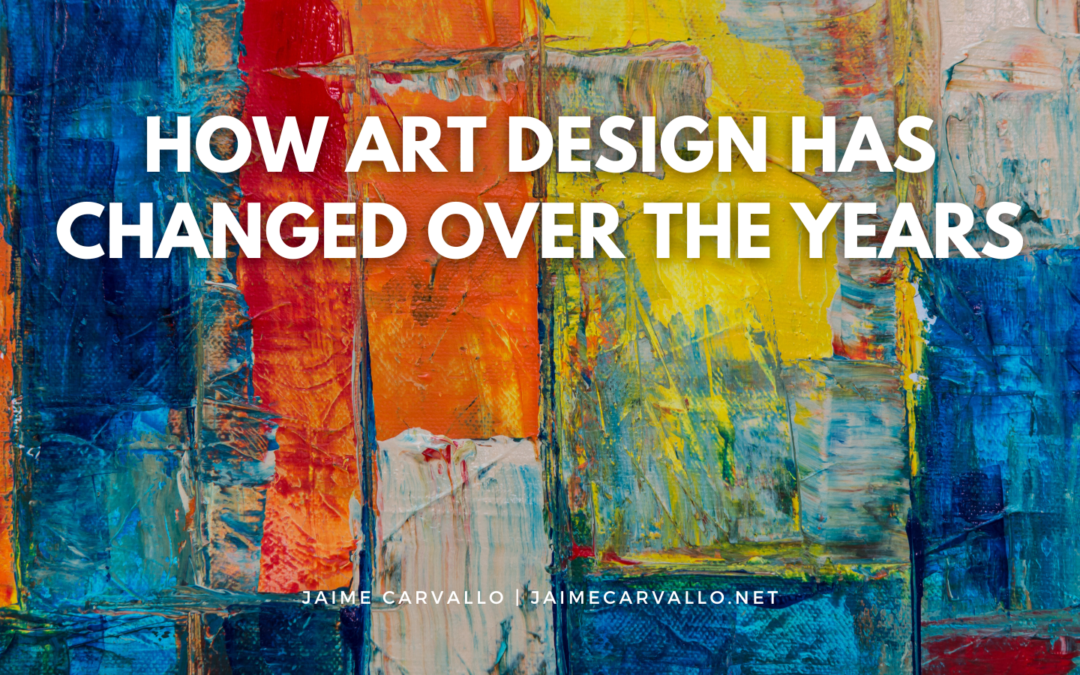Everything we see changes over time. As science and technology improve, so do our standards of living. In the same way, art has changed over the years. From cave paintings to digital renderings, art design has a rich history that reflects our changing world. Here’s an overview of how art design has changed throughout history:
What is Art design?
Art design is the use of design in the creation of painting, sculpture, and architecture. Art design studies the design’s aesthetic appeal and the way it influences human behavior and perception.
Ancient Art and Architecture
Aesthetics was once a branch of philosophy. In architecture, aesthetics is the study of how a building looks and its relationship to other facilities and nature. Ancient architecture, or Greco-Roman architecture, was highly stylized, relying on geometry and the decorative arts to finish the building. The techniques developed in these buildings were later used in Renaissance architecture. On the other hand, the painting was less concerned with architecture and more with content and theme. This meant that the study of painting, while related to aesthetics, was distinct from aesthetics.
Modern Art and Design
Art design has changed little over the years, mainly remaining the same as it has ever been. This is, in part, because it is connected to visual perception and the ways that we as humans process information. Visual perception is perhaps the most crucial aspect of the art design, as it dictates how we think, feel, and act. Perception is everything when it comes to art design. We see things differently today than we did a hundred years ago. This is due to our growing experiences, knowledge, and connections. For example, when we see a building, we no longer see it as simply a series of random letters and numbers. We see architecture, design, and artful decoration that emotionally impact us.
Impact of Art and Design on our Lives
Art design has a wide range of impacts on our lives. It can shape our perceptions of a place and positively or negatively affect our feelings. The effect of art on our lives can be both aesthetic and emotional.
Art design has changed over time. From the vast, descriptive works of the Ancient world to the more figurative works of the Renaissance, art design has a rich history that reflects our changing world.

